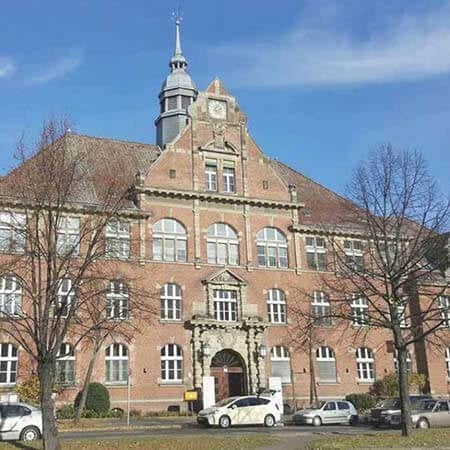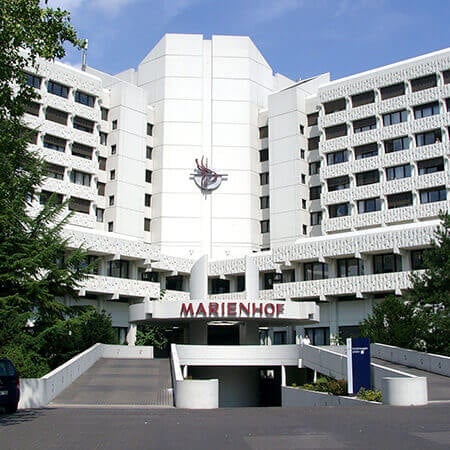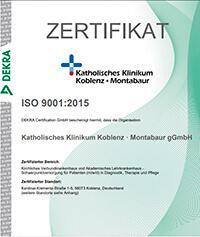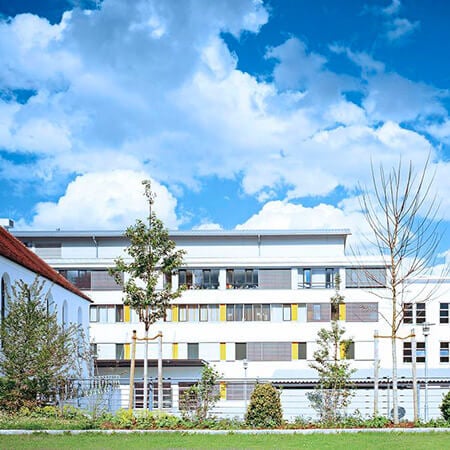About the disease
Osteosarcoma is a cancer of bone. According to Healthline, this is the most common type of bone cancer in children. The most common places where osteosarcoma develops are the shinbone, located near the knee area, and also thighbone. Osteosarcoma can also develop near the shoulder. The most common age when osteosarcoma is diagnosed is the period of spur growth in children, when their bones grow very actively. Overall, the most common age when osteosarcoma is diagnosed is 15 years, as this is the most active period of spur growth of bones.
This cancer is more common among boys who are tall and who have family history of osteosarcoma. This cancer is also more common among African Americans. In some cases, it can develop in the elderly as well. People who underwent several courses of radiotherapy are in the risk group of developing osteosarcoma, if they have predisposition to it. Also, people who had cancer of the retina are in the risk group.
The most common manifestation of osteosarcoma is pain in the bones. The pain varies depending on each individual case. In some cases, pain can appear only when a person lifts heavy objects, while in others - pain can be dull and constant. Mild pain in the bones is common during the spur growths periods in adolescent, but when it becomes chronic and recurrent - this is a call to go to the doctor. Also, in teenagers with osteosarcoma the muscles of the leg or upper arm, where osteosarcoma developed, are generally shorter than the opposite side.
Symptoms
- Pain in the bones, very often near the knee
- Pain can manifest itself when lifting objects or when being in motion, such as running
- Frequent fractures of the bones
- Swelling of the area
- Stiffness in the area
- Stiffness of joints
- Redness
Diagnosis
- During a general examination, the doctor will examine the muscles of a patient to determine if they look shorter on one side and if the patient is in the spur growth period. In the elderly, a doctor will ask if a patient had any other cancers in the past and will also inquire about the family history for both age groups.
- Imaging tests, such as CT scan, MRI and bone scan are used to determine if there is cancer or any other bone abnormalities which would explain bone pain. The imaging tests can also examine the soft tissues surrounding the bones and rule out other conditions.
- A biopsy of the bone is used to examine the tissue sample and confirm the diagnosis. It can also determine the stage of cancer if it is present.
Treatment
- Surgery without tumor endoprostheses implantation is used to resect the tumor from the bone without further necessary implantation of endoprosthesis.
- Surgery with tumor endoprostheses implantation is used to resect the tumor from the bone and later implant the endoprosthesis.
- Chemotherapy is used to kill the malignant cells and prevent them from spreading further.
Authors: Dr. Nadezhda Ivanisova, Dr. Sergey Pashchenko














